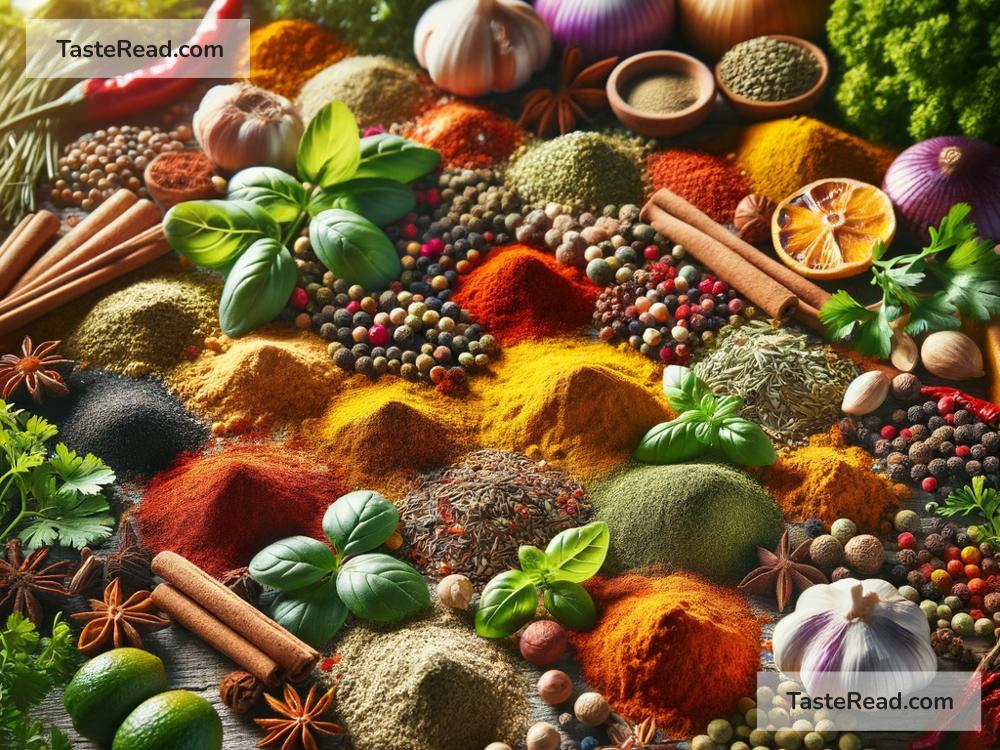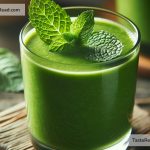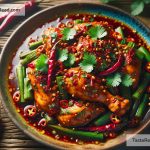How to Photograph Spices and Herbs for Cooking Blogs
Photographing spices and herbs for your cooking blog doesn’t just share with your audience the colors and textures of your ingredients; it also sets the mood and tone for your recipes. The vibrant colors, delicate textures, and the promise of flavor they bring into the frame can turn simple photographs into storytelling elements. If capturing the essence of these essential kitchen staples has ever felt challenging, worry not. This guide will help you turn those little packets of spices and fresh bunches of herbs into stunning visual elements for your blog.
1. Let There Be Light
Good lighting is the foundation of photography, and it’s no different when it comes to photographing spices and herbs. Natural light is your best friend. Try to set up your photography space near a window where soft, natural light can illuminate your subjects. Morning or late afternoon light is usually the most flattering, casting a gentle glow that brings out the vibrant colors and textures of your spices and herbs without overpowering them. Avoid direct sunlight as it can cause harsh shadows and highlights.
2. Use a Simple Background
When photographing small subjects like spices and herbs, the background plays a significant role. Opt for simple, neutral backgrounds to ensure that your subject remains the focal point of the photograph. Textured surfaces like wooden boards, slate, or simple linens can add depth to your image without distracting from the main subject. The aim is to complement, not compete.
3. Get Close
One of the beauties of spices and herbs is in their detail – the way light dances on the tiny seeds of coriander or the delicate veins of a basil leaf. To capture this, don’t be afraid to get close. Use a macro lens if you have one, but if not, most standard camera lenses or even a smartphone camera can capture detailed close-up shots. Fill the frame with your subject to allow your viewers to almost smell and taste the ingredients through your images.
4. Play with Composition
How you arrange your spices and herbs can transform your photograph. Instead of simply placing them in the center of your frame, experiment with different compositions. The rule of thirds, leading lines, and framing are all techniques you can use. For instance, you could create a leading line with a streak of paprika powder, guiding the eye through the image. Don’t hesitate to play around with the arrangement until you find a composition that feels right.
5. Tell a Story
Every photograph tells a story, and spices and herbs have many. Perhaps it’s a pile of fresh mint beside a traditional mortar and pestle, hinting at the making of a pesto. Or a group of spices arranged in readiness for a curry recipe. Use props and the arrangement of your ingredients to suggest a narrative. This not only adds interest to your photos but also connects your audience to the culinary journey you’re taking them on.
6. Pay Attention to Color
The color palette of your photograph can greatly influence its mood. When photographing spices and herbs, you have a natural palette to work with. Think about how the colors interact. Contrast warm spices like turmeric or paprika against cooler tones, such as a blue slate background, to make them pop. Similarly, fresh green herbs can stand out beautifully against a warm, earthy background.
7. Editing and Post-Production
The final touch to your photographs comes through editing. Here, subtlety is key. Adjust the brightness, contrast, and saturation to enhance the natural beauty of your spices and herbs without making them look artificial. Tools like Lightroom and Photoshop are great, but there are also many free editing apps available that can do the job well.
Conclusion
Photographing spices and herbs for your cooking blog is an art that combines technical skill with creativity. By following these tips, you can produce images that not only complement your recipes but also elevate the overall aesthetic of your blog. Good photography communicates the flavor and passion behind your cooking, inviting your audience not just to view but to taste and smell through their screens. Remember, the journey of improving your photography skills is continuous, so keep experimenting, learning, and most importantly, having fun with it.


